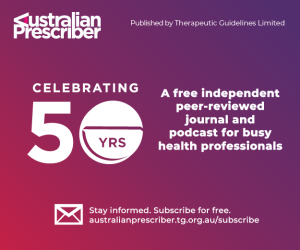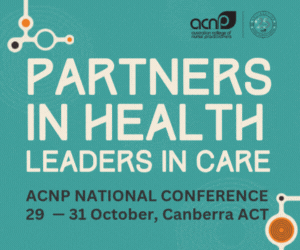What makes a great workplace? Do we know what to look for when choosing a place to work? It’s often the case that we very quickly recognise what we don’t want in our workplace when confronted with it every day.
Trouble parking, reallocation, re-deployment, short staffing, colleagues off sick, lack of support, poor communication, no recognition, and not feeling safe – just to name a few. If issues remain unresolved, we then have to decide whether to stay or look for work elsewhere.
The recruitment and retention of nurses and midwives is a global issue. Nursing and midwifery shortages are being experienced worldwide. This global shortage further contributes to nurses and midwives being overworked and dissatisfied. The provision of care also suffers.1
Nursing ethics expert Dr Megan-Jane Johnstone AO calls this the ‘tragedy of nursing’ and equates this to the ‘tragedy of the commons’. The tragedy of the commons, an economic theory first proposed in 1833, occurs when ‘individuals with access to a public resource (also called a common) act in their own interest and, in doing so, ultimately deplete the resource’.2 In this case, the shared resource of healthcare provided by nurses and midwives will be impacted by their need to act in their own self-interest to leave the professions if the issues they face can’t be resolved.3
The systemic problems of workload and the lack of a positive practice environment are major contributors to nurses’ and midwives’ stress, burnout and fatigue. Workload should be addressed using mandated, legislated, evidence-based ratios. Of course, nurses and midwives should be paid more but not just in bonuses. This should be in the form of real wage reform in enterprise agreements. Although we all go to work to be paid, money isn’t the sole motivating factor in nurses’ and midwives’ decisions to stay or leave. We know this from past experience negotiating agreements and arguing for safe staffing and safe workplaces.
Now, more than ever, establishing positive practice environments is essential to attracting, motivating and retaining staff. In the face of challenges presented by the COVID-19 pandemic, how can we create and maintain a positive practice environment? What does it even look like?
Positive practice environments are settings that support excellence and decent work. In particular, they strive to ensure the health, safety and personal wellbeing of staff, support safe, quality person-centred care and improve the motivation, productivity and performance of individuals and organisations.4
Mutual respect, consideration and constant communication are basic components of workplace culture that must be established and rigorously maintained.
Recently some of my colleagues have been confronted by constant, relentless re-deployment. Management has continued to recruit to their ward despite this daily occurrence of their staff being sent elsewhere. Although re-deployment is always a possibility, when it happens every day, this takes a personal and professional toll. When you apply to work on a particular ward, isn’t it reasonable to expect that you will mostly work there and not constantly be sent elsewhere?
A positive practice environment requires strong nursing and midwifery leadership, an inclusive management style, autonomy for nurses and midwives, positive relationships with colleagues, good resources, quality career development, continuing professional development and further training, and good prospects for promotion.
Key characteristics of quality workplaces include good management practices, professional recognition, support structures, education and work health and safety.
Over the years, nurses and midwives have endeavoured to define and create positive practice environments. Recent work by the ANMF Queensland Branch (QNMU) is a great example.
The QNMU has developed Positive Practice Environment Standards for collaboration, autonomy and safety. These Standards detail that, for optimum health outcomes, nurses and midwives need:
- Safe staffing levels;
- Physical, psychological and cultural safety;
- Autonomous and collaborative practice;
- Shared governance and decision-making;
- Research and innovation; and
- Transformational leadership.5
Together, these five elements are the Positive Practice Environment Standards.
How well is your workplace doing in these areas?
Workplaces incorporating these Standards into their strategic direction can avert the ‘tragedy of nursing’, improve nurses’ and midwives’ wellbeing, mitigate burnout, and positively impact nurses’ and midwives’ satisfaction and retention.









One Response
Good article